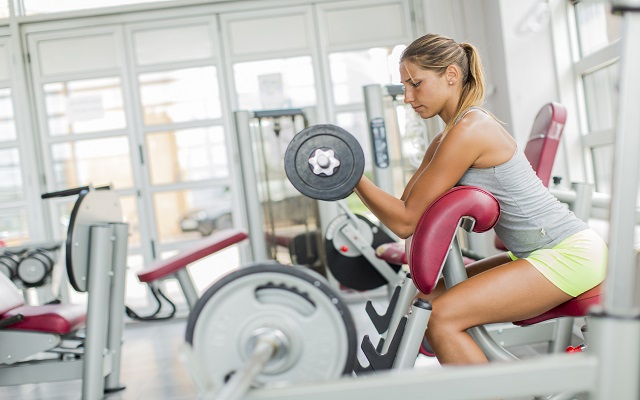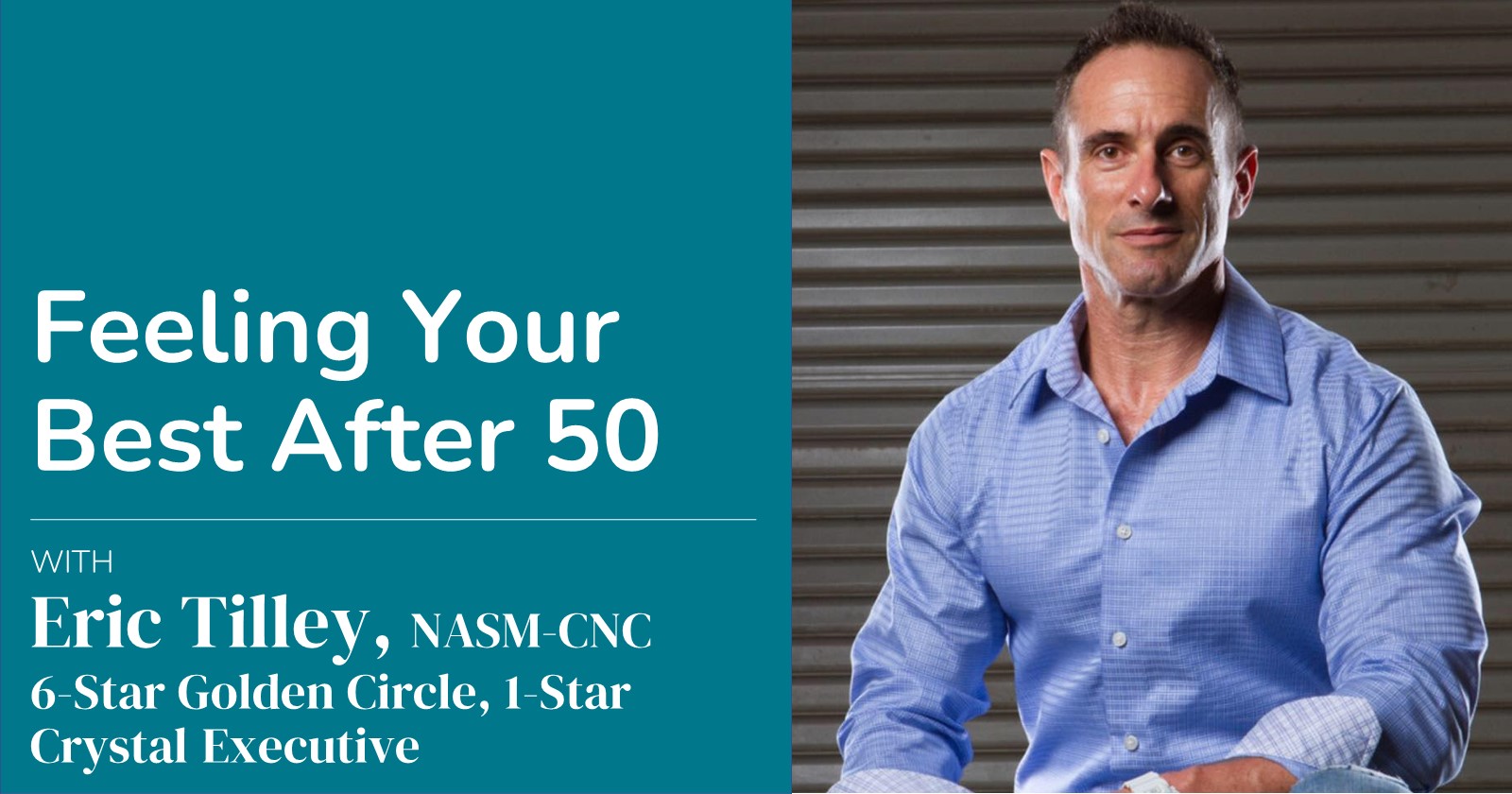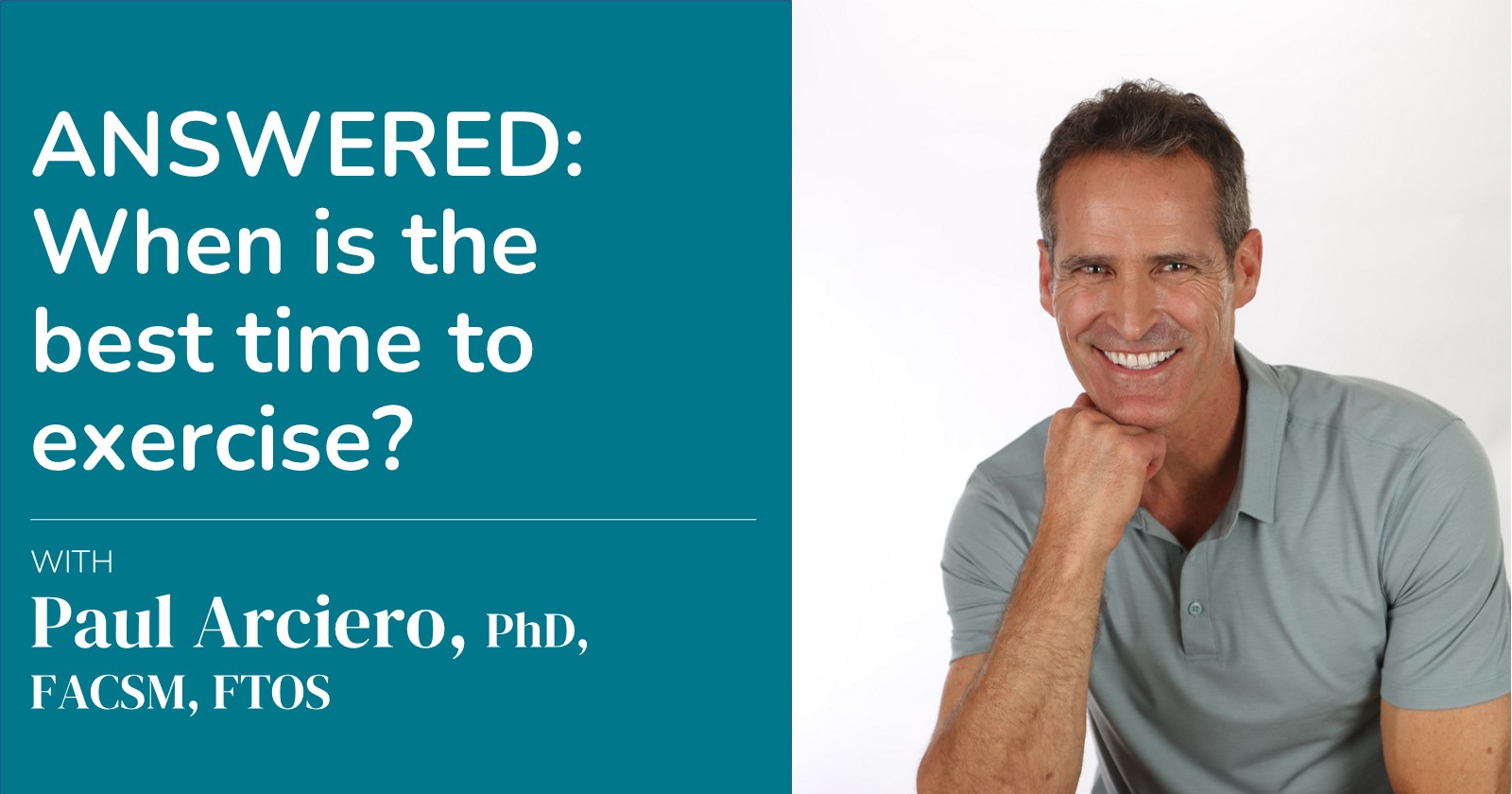While a well-rounded and nutrient-dense diet, set up around sufficient energy requirements, should be the first order of business for anyone looking to build muscle, there are additional supplements to enhance your workout. Whey protein is paramount, of course, but there are also other high-powered stars that together can increase your focus, enhance nutrient-rich blood flow to hardworking muscles, increase strength, increase energy, and speed up recovery. Put them together with a high-powered nutritional plan, training, and rest, and you’ll be setting the stage for maximal muscle and minimal fat gain.
What are the catalysts you should be using?
QUERCETIN – Quercetin, found in C-Lyte, is a powerful antioxidant with immune supportive properties that are great for athletes (1). Found in foods like apples and green tea, quercetin is a flavonoid, which provides the various colors of fruits and vegetables and also serves as the defender against other environmental stressors (2). Those looking to add muscle often minimize the negative effects hard training has on the immune system. But intense training makes your muscles more prone to free radical generation and oxidative stress, known factors that impair normal immune function (3). In fact, just one heavy training session can lead to physiological stress and significant changes in immunity and elevations in stress hormones (4). Quercetin has been shown to bolster immune function which can help avoid time off in the gym, translating into more time training and productive more workouts (5).*
CoQ10 – Coenzyme Q10, found in Ageless Essentials, is another powerful antioxidant molecule, and one that is actually produced by the body. It is essential for energy production in the mitochondria, the “powerhouse” of the cell, and it also promotes blood vessel health (6). CoQ10 can also enhance blood flow to all tissues of the body including muscle where it greatly aids in mitochondrial function and energy production during muscular contractions (7). Not surprisingly, muscle fibers, with a higher oxygen requirement, also have a higher concentration of CoQ10 (8).*
OMEGA-3 FATTY ACIDS – While recognized for maintaining general health, omega-3 fatty acids also help modulate cellular signaling pathways regulating muscle building (9). By increasing omega-3 fatty acids in the diet, your ability to build muscle increases in response to your daily protein intake (10). Basically, these fats make the protein you’re consuming— either through diet or supplements—more effective. Eating more seafood rich in omega-3s and supplementing with IsaOmega Supreme® on a daily basis ensures you’re getting a constant and pure omega-3 source to aid in muscle recovery.*
CREATINE – Many may have heard of creatine but may not know it is a natural and organic acid that helps supply vital energy to muscle tissue. By increasing the availability of energy to muscle, creatine allows you to lift more weight for longer by increasing stamina. This results in increases in muscle mass, power, strength, and speed (11). There is also evidence that creatine can reduce exercise-induced lactic acid buildup, thereby improving recovery (12).*
NITROSIGINE® – Nitrosigine® is a new, unique, and patented complex containing the amino acid arginine, the precursor to the potent cell signaling molecule, nitric oxide. Nitric oxide increases blood flow, which improves oxygen and nutrient delivery to muscles, thereby supporting muscle building (13). Nitrosigine® has been shown to be more bioavailable than arginine alone, making it a powerful ingredient for boosting nitric oxide levels and blood flow to hard working muscles (13). One of the novel benefits of Nitrosigine®, unlike many other products, is that it starts working in as little as 30 minutes after consumption and lasts for up to three hours.*
*These statements have not been evaluated by the Food and Drug Administration. These products are not intended to diagnose, treat, cure, or prevent any disease.
References
- Bischoff S. Quercetin. Curr Opin Clin Nutr Metab Care. 2008;11:733-740.
- Lila M. From beans to berries and beyond. Annals N Y Acad Sci. 2007;1114:372-380.
- Williams M. Sports supplements: quercetin. ACSM’s Health & Fitness Journal. 011;15:17-20.
- Nieman D. Is infection risk linked to exercise workload? Med Sci Sports Exerc. 2000;32:406-411.
- Nieman D et al. Med Sci Sports Exerc. 2007;39:1561.
- Tiano L et al. A double-blind, randomized controlled study. Eur Heart J. 2007;28:2249-2255.
- Bhagavan H et al. Coenzyme Q10: absorption, tissue uptake, metabolism and pharmacokinetics. Free Radical Res. 2006;40:445-453.
- Miles L et al. Muscle coenzyme Q: a potential test for mitochondrial activity and redox status. Pediatric Neurol 2005;32:318-324.
- Moore D et al. Differential stimulation of myofibrillar and sarcoplasmic protein synthesis with protein ingestion at rest and after resistance exercise. J Physio. 2009;587:897-904.
- Tipton K et al. Dietary strategies to attenuate muscle loss during recovery from injury. Nestle Nutrition Institute Workshop Series. 2013;75: 51-61.
- Van Loon L. Effects of creatine loading and prolonged creatine supplementation on body composition, fuel selection, sprint and endurance performance in humans. Clin Sci. 2003;104:153-62.
- Deminice R et al. Effects of creatine supplementation on oxidative stress and inflammatory markers after repeated-sprint exercise in humans. Nutrition 2013;29:1127-1132.
- Kalman D et al. A clinical evaluation to determine the safety, pharmacokinetics and pharmacodynamics of an inositolstabilized arginine silicate dietary supplement in healthy adult males. FASEB J 2014;28:418.





